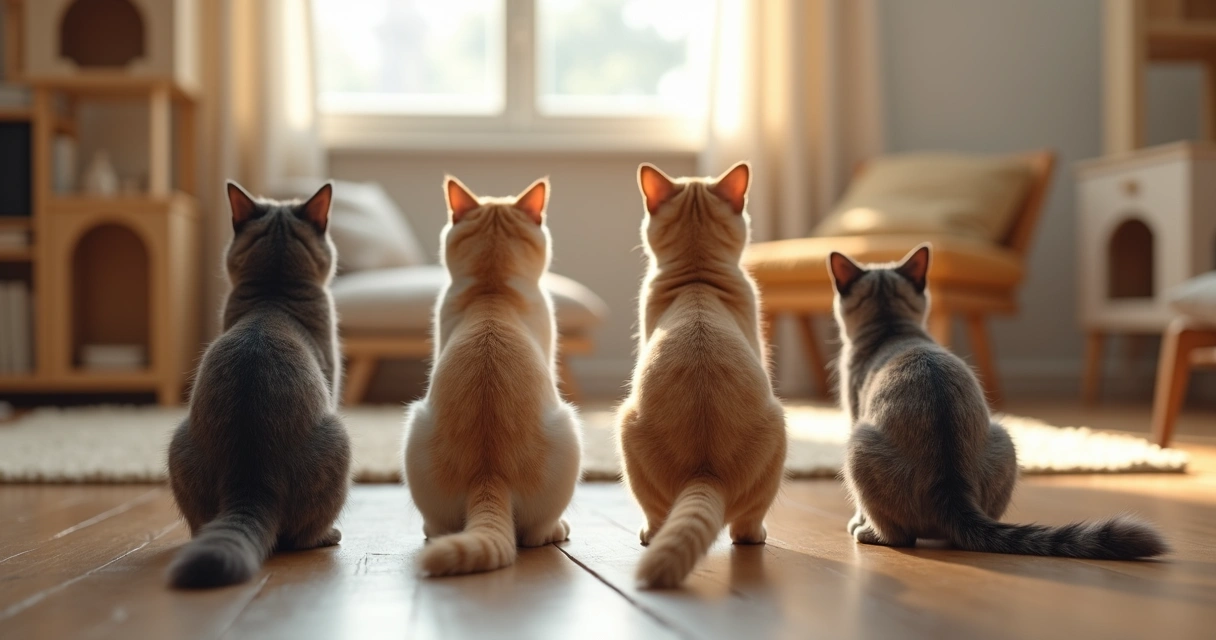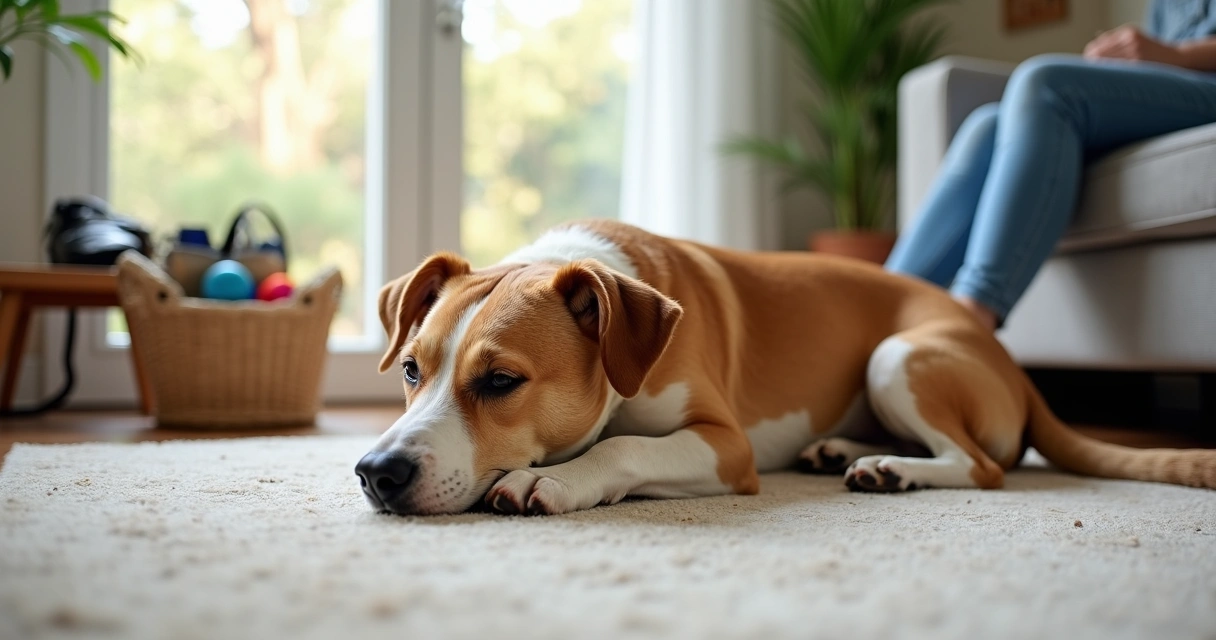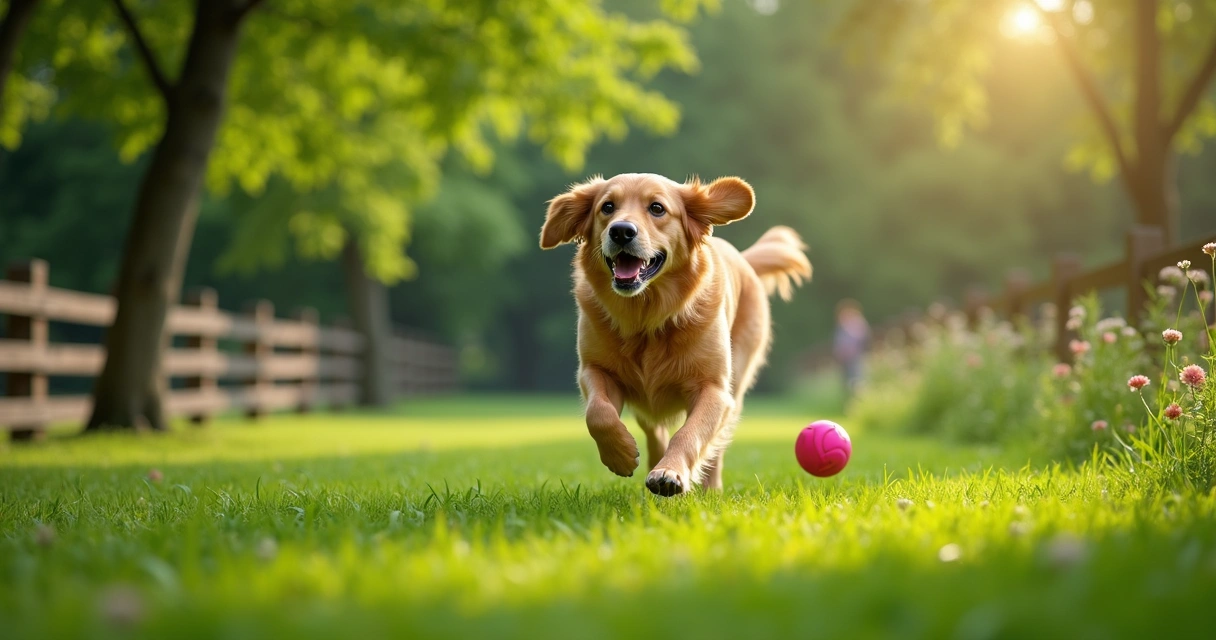I have always found that cats are one of the most expressive pets, but most owners tend to underestimate just how much a cat is communicating at any given moment. We often focus on meows or the flick of an ear, but if there is one place where feline language becomes almost poetic, it's in the movements of their tails. I used to assume a wagging tail was a simple sign of a happy cat. I couldn't have been more mistaken. In this article, I’ll share what I’ve learned (with a few surprises), the mistakes I’ve made, and the clues owners tend to miss—especially when it comes to those subtle tail signals that speak volumes.
The basics: Cat tails as social signals
At Dogtown, where we see hundreds of cats coming through for grooming or boarding, I've picked up on countless subtleties in feline body language. Every time a cat enters a new environment, their tail gives away their state of mind before they make a sound. But why should you care? Because tail movement is one of the most reliable indicators of what your cat is feeling in the moment.
- Social intentions: Scientific studies have established that a tail held high often means “hello” in cat language. Research reporting on domestic cat behavior explains that a “tail up” posture is a social signal of friendship or acknowledgment toward higher-ranking cats (tail up as a social signal of amicable intention).
- Mood and health: An arched tail, or a tail puffing out, can be a sign of excitement, play, or even fear. A tail tightly tucked under the body can indicate distress or unease. The way the tail is positioned matters more than most of us realize.
The tail is your cat’s mood ring.
The signals owners overlook most
While most people understand that a tail held sky-high means a confident or content cat, there are subtle variations that get ignored—sometimes to the detriment of the relationship. I’ve missed them myself, which can lead to misunderstanding or even accidental conflict. Here are the signals I think most owners never notice until they’re pointed out:
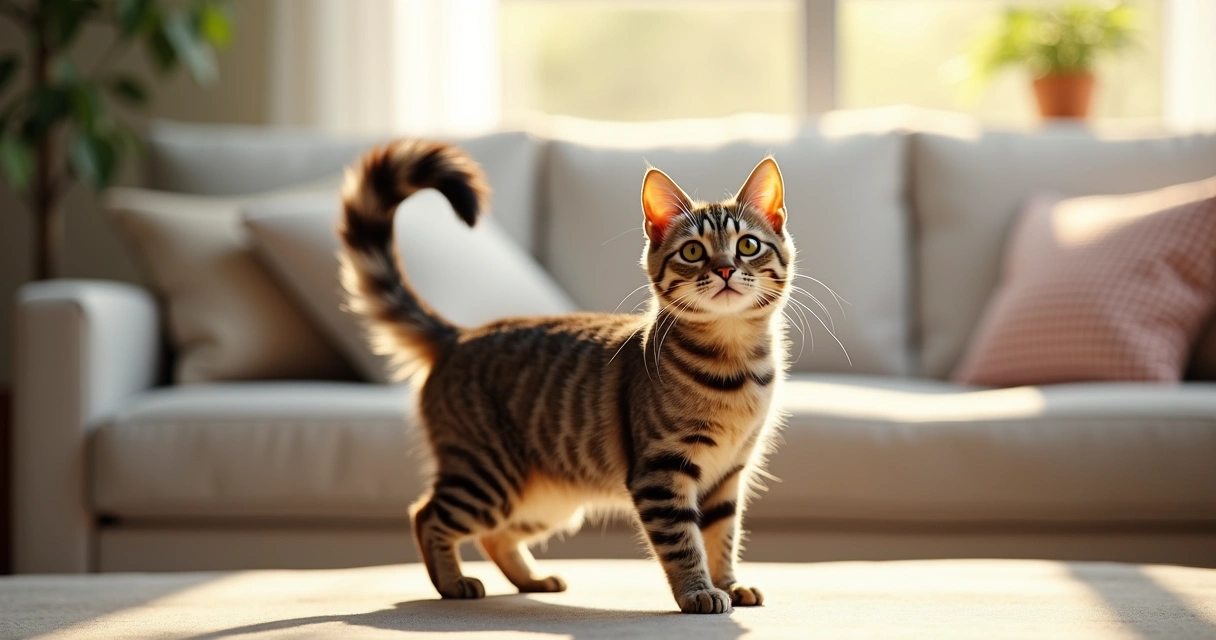
- The quiver: When a cat approaches you and their upright tail quivers, this is not fear. In my experience—and supported by research—this is a sign of genuine excitement or joy to see you. It is often overlooked, but it’s an honor to see that little tail tremble.
- The curl at the tip: If you spot your cat’s tail upright with just the tip curl, your cat is probably feeling social and relaxed, maybe even curious.
- Low, slow sway: When a cat’s tail hangs low and sways gently, it usually means they’re feeling unsure or considering whether they trust what’s happening. They’re processing.
- Lashing tail: Some people think this is playful, but in almost every case I’ve seen at our day camp, a rapidly lashing tail signals agitation or overstimulation. It’s a warning more than an invitation.
- Tucked in or tightly curled: A tail clamped tightly to the body is a classic sign of fear or anxiety, as described in an article in The Veterinary Journal. At Dogtown, our team keeps a close eye out for this sign during new client assessments so we can make every animal’s experience as stress-free as possible.
If the tail is hidden, your cat may wish they were, too.
The science behind why cats use their tails
When I looked for hard numbers, I discovered that cats use their tails to communicate with both their own species and humans. In research published in Frontiers in Veterinary Science, cats approached humans with their tails held up in nearly 98% of cases, often with ears erect and relaxed bodies—demonstrating a clear link between the “tail up” position and friendly intent.
So, the tail is more than a simple appendage. It broadcasts emotions quickly:
- Upright and still: Confident, friendly, and interested.
- Puffed out (“bottle brush”): Startled or suddenly fearful. Sometimes play, but usually distress or alarm.
- Slow sweep left and right: Focused attention, sometimes on play, sometimes as a precursor to pouncing.
Dogtown staff routinely observe these signals to prevent overstimulation during cat grooming appointments; a tail tip twitch can be an early indicator that a cat is getting tired of handling.
How everyday situations change tail meaning
When I watch cats, I’ve learned that context matters. Sometimes a tail that signals anxiety in one setting may mean excitement in another. For example, arriving at a new boarding environment such as Dogtown’s boarding often brings a low or tucked tail at first—yet after a day or two, I’ll see those same cats confidently greeting staff with high, quivering tails.
Let’s break down a few common scenes:
- Greeting you at the door: Tail up, perhaps quivering. This is your “welcome home” in feline language, and, according to studies on cat–human interactions, is strongly associated with sociable, inviting behavior.
- During grooming or vet visits: If the tail tucks or wraps tightly, the cat is likely anxious. A confident cat may flick the tip or hold it loosely.
- Meeting other pets: Puffed, straight tails with arched backs usually signal a warning. Avoiding sudden introductions helps.
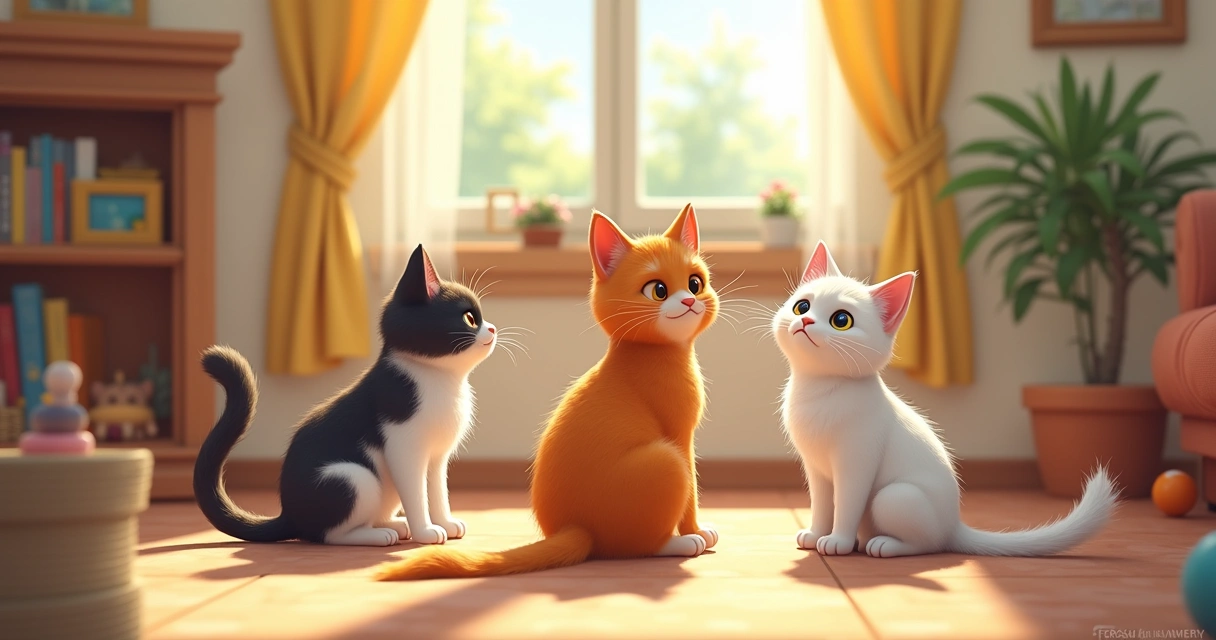
I’ve seen how working with an experienced team—like the one at Dogtown’s personalized training—can help owners read these small but significant clues, adjusting interaction for a better relationship with their cat.
Going beyond the tail: Whole body clues
Even though the tail carries a lot of meaning, ignoring the rest of a cat’s posture is a mistake. I’ve caught myself misreading a tail flick when the cat’s ears or body told an entirely different story.
The tail tells you the headline, but the ears and eyes fill in the rest of the article.- Upright tail + slow blink = calm, loving.
- Twitching tail + flattened ears = annoyed or fearful.
- Puffed tail + arched back + dilated pupils = startled or defensive.
If I see mixed signals, I take a step back and let the cat set the pace. Safety, respect, and trust come first—values that guide every staff member at Dogtown during grooming or daily care.
Conclusion: Start listening with your eyes
Many times, I’ve seen relationships improve almost overnight when owners start watching their cats’ tails, catching the signals everyone else misses. It’s almost like suddenly hearing your cat “speak” for the first time. If you want to create a more peaceful, joyful home—and avoid preventable mishaps—start treating the tail as your best translator.
At Dogtown, we don’t just “watch cats”; we actually listen to what they say with every twitch and curl. Why not schedule a free pre-enrollment assessment and see what your cat’s tail might be telling you about their needs and happiness? Discover our caring approach and customized services for your pets, and experience a place where every animal’s voice is heard.
Frequently asked questions
What does a straight-up cat tail mean?
A straight-up tail usually signals confidence, sociability, and a friendly attitude—a cat’s way of saying “I’m happy to see you.” Scientific studies show cats use this signal both with humans and other cats to show amicable intentions, especially in greetings ("tail up" posture in social behavior).
How can I tell if my cat is scared?
If your cat tucks their tail tightly under the body or wraps it close while crouching, they are likely scared or anxious. Other clues are flattened ears, dilated pupils, and trying to hide. Veterinary studies confirm that fearful cats often clamp their tails or tuck them underneath as a protective measure (anxious cat behaviors).
What does a puffed tail indicate?
A puffed-up tail, sometimes called a “bottle brush,” is usually a reflexive response to fear, sudden excitement, or aggression. If your cat is arched with a puffed tail, they feel threatened or startled, and this posture helps them appear larger.
Why is my cat’s tail twitching?
A twitching tail can mean many things, but often it’s a sign of focus, irritation, or mild annoyance. If the movement is quick and combined with flattened ears or tension, your cat is asking for space. If the tip twitches during play, it may simply mean heightened concentration or anticipation.
How do I know if my cat is happy?
Happy cats often greet you with a straight-up or quivering tail, relaxed body, upright ears, and sometimes a slow blink. Tail signals alone suggest a lot, but a happy cat will also move with ease, purr, and seek out your company. Watch for these combined signs at home, or let a cat grooming professional guide you if you’re unsure.


